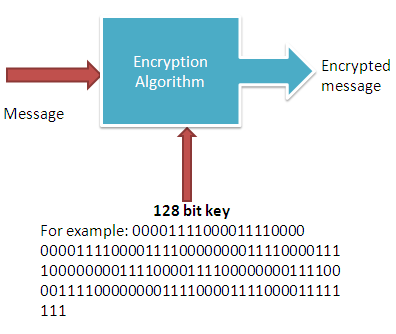In the sprawling realm of cryptography, where the dichotomies of security and vulnerability dance in a delicate balance, the term “128-bit hashes” emerges as a focal point of discussion. Hash functions play a pivotal role in cryptography; they transform data into fixed-length strings of characters, resembling an intricate tapestry woven from the threads of binary code. The question looms large: are 128-bit hashes secure enough in today’s digital labyrinth? This inquiry transcends mere curiosity, piercing to the heart of how we protect information in an increasingly interconnected world.
To properly assess the security of 128-bit hashes, it is essential to unravel the concept of a hash function itself. Hash functions are akin to culinary recipes that take a variety of ingredients—data points—and blend them into a singular dish defined by its unique flavor profile—the hash value. The fusion produces an output that is not only of a fixed size but also appears random, satisfying two crucial parameters: irreversibility and collision resistance. Irreversibility implies that it is computationally infeasible to reconstruct the original data from its hash, while collision resistance ensures that no two distinct inputs yield the same hash output.
Consider the analogy of a fingerprint. A well-designed hash is akin to an imperceptible fingerprint of data. Just as no two individuals share identical fingerprints, a robust hash function ensures that each data set possesses its unique hash signature. But as we dive deeper into the specifics of 128-bit hashes, we uncover the nuances spilling into the realm of security.
To grasp the implications of 128-bit hashes, one must first explore the notion of “bit strength”. The term itself conveys the amount of entropy—essentially the unpredictability—embedded within a hash. A 128-bit hash function may sound defensible, yet when juxtaposed against its 256-bit counterparts, the veneer of security begins to wear thin. With each additional bit in a hash, the possible combinations increase exponentially, thus escalating the difficulty necessary for a brute-force attack to succeed. A 128-bit hash provides approximately 3.4 x 10²⁸ unique combinations, an impressive figure indeed; however, as computational power burgeons, this fortress of combinations can appear less formidable.
The echelons of security remind one of a castle beset by forces; a 128-bit hash undoubtedly erects high walls, but is it fortified enough? Historical precedents offer insight into the vulnerabilities of shorter hash lengths. The introduction of groundbreaking techniques in cryptanalysis, such as the collision attack, has shown that even the most reputable hashing algorithms, when accompanied by relatively short bit lengths, can unravel like a threadbare tapestry. Algorithms relying on 128-bits, such as MD5, have already felt the sting of obsolescence as adversaries exploit their weaknesses.
This harsh reality has ushered in the necessity for stronger alternatives, bringing the exalted 256-bit hashes into the limelight. Nurtured by the cryptographic community, standards such as SHA-256 have emerged as the new sentinels guarding digital thresholds. Employing a 256-bit architecture exponentially enlarges the security perimeter—ushering forth over 1.15 x 10⁷⁷ unique combinations, thereby placing formidable barriers against potential breaches.
The rising tide of quantum computing further complicates the security landscape. As quantum algorithms articulate their potential, particularly Shor’s algorithm, the very foundations of classical encryption are threatened. Precautions against quantum breaches necessitate a reevaluation of the hash lengths deemed secure enough to withstand futuristic assaults. In a world where 128-bit hashes have already encountered limitations in classical facilities, one must wonder if they could withstand the cavalcade of quantum computations.
Yet, it is imperative to highlight that not all applications necessitate the utmost in security. In scenarios where data sensitivity is minimal, such as checksums and non-critical integrity checks, the utilization of 128-bit hashes may still hold value. The landscape of digital transactions is complex, and defining optimal security parameters demands discernment—recognizing that there are diverse needs across the spectrum of digital security.
Even so, the age of security has matured. Users and organizations are increasingly aware of the importance of safeguarding their digital legacies comprehensively. The transcendent question awaits: Will your choice of a 128-bit hash echo the cries of negligence if faced with a sophisticated adversary? In the cradle of choices, selecting a more robust hash function emerges as a prudent course of action. After all, in the symbiotic fight against cyber threats, allowing any chink in the armor could spell disaster.
In conclusion, while 128-bit hashes offer a semblance of security, the potential openings for vulnerabilities loom large in the shadows of advancing technology. The cryptographic landscape is one that must adapt, evolve, and fortify continually against the rising tide of computed threats. As the digital age marches forward, opting for a more robust hashing strategy will increasingly become not just a consideration, but a necessity—augmenting the defenses that safeguard our digital narratives.







Leave a Comment